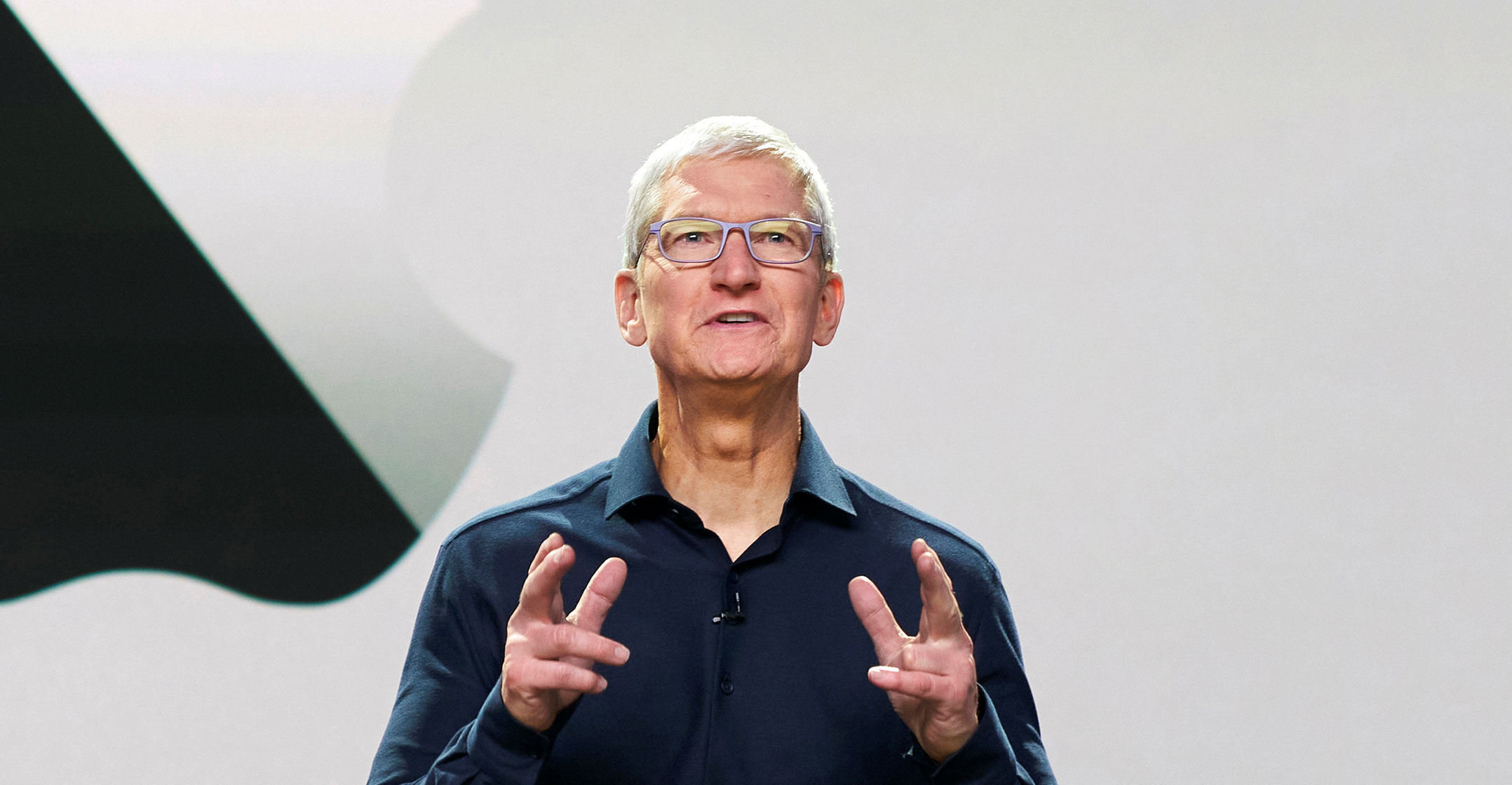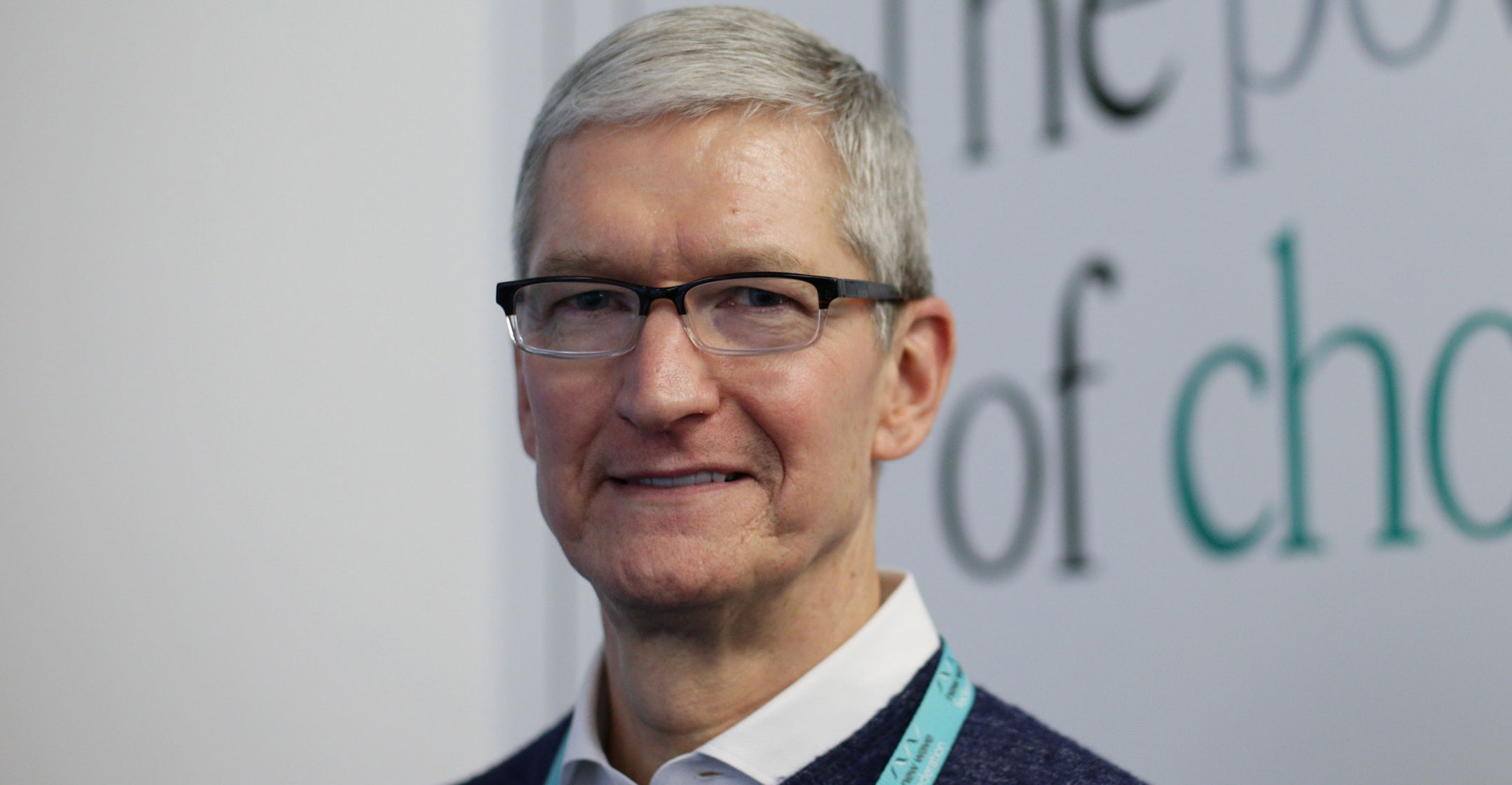
Apple’s newest services have yet to generate meaningful revenue, making it harder for the largest technology company to expand beyond the iPhone and other hardware.
Last year, the Cupertino, California-based company launched four new services: TV+, Arcade, News+ and the Apple Card. After a few quarters on the market, the offerings haven’t contributed much to Apple’s top line.
When Apple reports results on 30 July, investors will be looking for updates on these offerings. Services growth has been a bright spot in recent years as iPhone sales have slowed. For the fiscal third quarter, analysts forecast $13.1-billion in revenue from services, up 15% from a year earlier. Most of those gains will come from existing services, such as the App Store and licensing deals, rather than the new offerings.
The TV+ video streaming service, which was launched last November, has had no blockbusters yet, though some shows and movies have been well received. Apple offered a one-year free trial with the purchase of a new iPhone or other hardware. Sanford C Bernstein analyst Toni Sacconaghi estimated earlier this year that fewer than 15% of eligible customers had signed up.
During a keynote presentation at last month’s WWDC conference, Apple said little about the streaming service, according to Sacconaghi. He said there’s “potential need for a strategic reevaluation of TV+” and suggested the company should consider spending more on original content.
Weaker than expected
Apple introduced its Arcade mobile game subscription last September with 100 titles and praise from reviewers. However, the company recently shifted strategy, cancelling contracts for some games in development while seeking other titles that it believes will better retain subscribers. Some developers said that suggests subscriber growth has been weaker than expected so far.
The Apple Card came out in the US last August. It has no annual fee, but the company likely takes a cut of the interest charged by partner Goldman Sachs Group. The bank accumulated about $2-billion in credit lines since launch, a fraction of other co-branded cards, according to a February update by the Nilson Report.
The News+ subscription offering may be the least successful so far. When it launched in March 2019, the highest-profile US newspapers — the New York Times and the Washington Post — didn’t take part. Since then, several publishers have complained about lower-than-expected income from the app. The head of business for Apple News stepped down.

These new services may grow more later. For now, the company is relying a lot on its App Store and third-party developers to spur revenue growth beyond hardware. That’s been going well lately, leaving the company on track to exceed $50-billion in annual Services revenue soon.
The App Store generated $32.8-billion in the first half of 2020 for developers, up more than 20% from a year earlier, according to Sensor Tower estimates. Paid subscriptions topped 515 million in the fiscal second quarter.
Apple takes a cut of 30% from all paid apps downloaded from the App Store as well as purchases made inside of apps. It also takes 30% from in-app subscriptions, or 15% after the first year. Apple requires billing to be done through its system, but it makes exemptions for apps offering music and video streaming, books, and some cloud services where a user may have already bought a subscription from the developer directly.
Ride-sharing and food delivery apps also aren’t required to use Apple’s payment network. And some social media apps like Snapchat and Instagram make money from advertising, which prevents Apple from taking a cut.
When Apple App Store executives meet with high-profile developers, they sometimes encourage them to implement in-app purchases and subscriptions. The message is interpreted by some this way: Your app has enjoyed the benefits of the App Store without contributing to its financial success, according to a person familiar with the meetings.
Barred
That idea was echoed in June when an update to the e-mail app Hey was barred from the App Store because the developer refused to implement a way to sign up in the app, which would give Apple up to a 30% cut of revenue.
“We understand that Basecamp has developed a number of apps and many subsequent versions for the App Store for many years, and that the App Store has distributed millions of these apps to iOS users,” Apple told Hey’s developer. “These apps do not offer in-app purchase — and, consequently, have not contributed any revenue to the App Store over the last eight years.”
After the developer complained publicly, Apple said the app can stay as long as it follows the app review guidelines, regardless of implementing in-app purchases or subscriptions. — (c) 2020 Bloomberg LP




